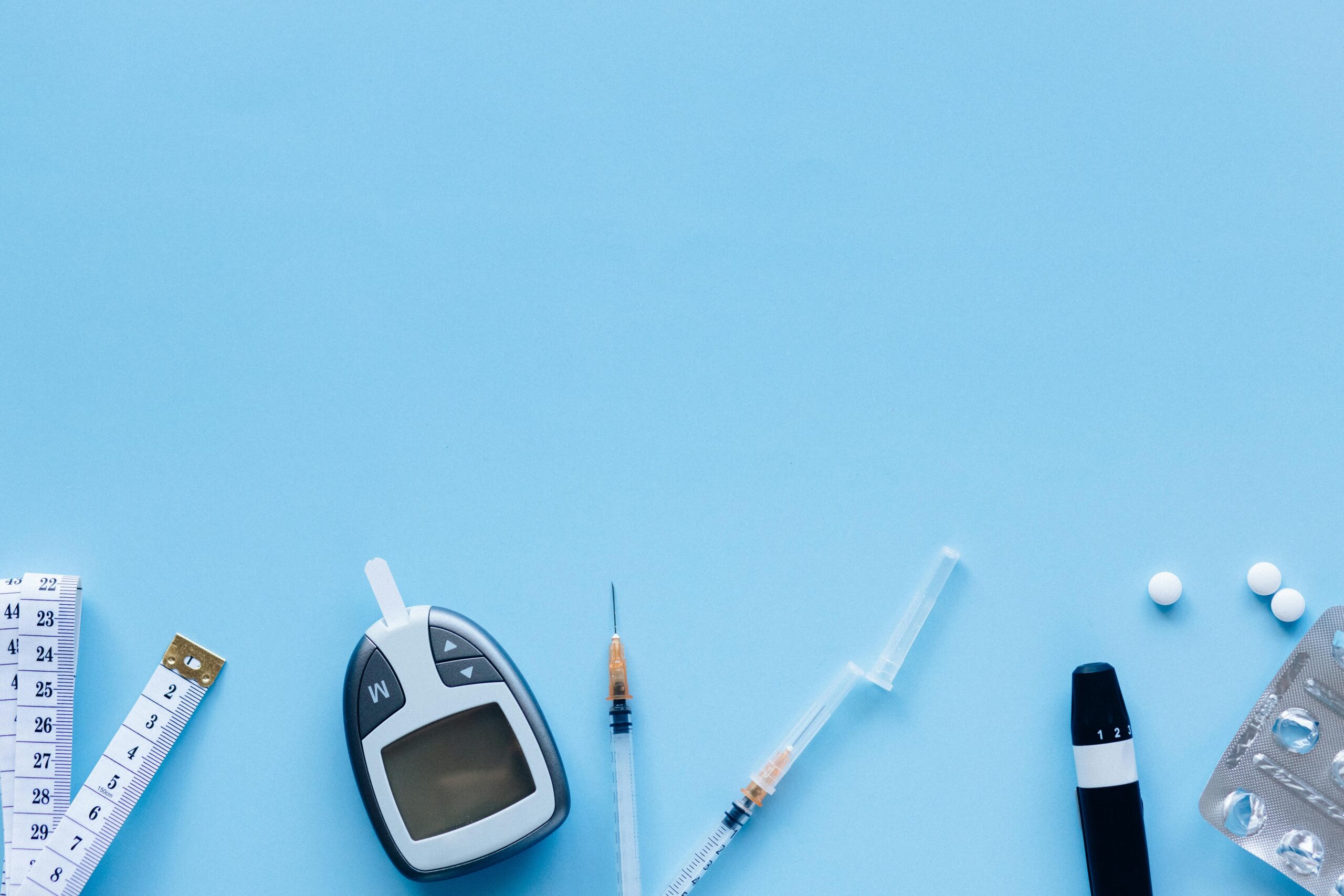Acuity Quebec project's aims
The Acuity Quebec project has 4 objectives and involves several experts from the Université de Sherbrooke, as well as researchers from the Institute for Research in Immunology and Cancer (IRIC) and the Institut québécois d'intelligence artificielle (Mila). Their mission? To improve the acuity of the drug discovery process, in particular by integrating the potential of artificial intelligence (AI) into all stages of the research process.

Innovative compounds
Context
Around 75% of drugs approved in 2018 belong to the small molecule, peptide or monoclonal antibody categories.
The identification and optimization of small molecules is multi-parametric and akin to a multi-dimensional puzzle in a massive chemical space (~1030-1060 molecules), whereas conventional libraries have only around 106 compounds. The identification of quality ligands with high structural diversity is therefore essential.
Peptides, on the other hand, offer a number of advantages and disadvantages. They are easily diversified using solid-phase synthesis to decipher their structure-activity relationship (SAR). However, their physicochemistry makes them unsuitable for intracellular targets or oral absorption.
Finally, monoclonal antibodies are a rapidly expanding class of drugs, but their development for GPCRs and other membrane proteins remains a challenge.
Projects in this area
Compound librairies
We aim to create innovative libraries encoded by new DNA heads and refined by artificial intelligence (AI) to expand chemical space and maximize diversity.
Peptides
This objective aims to use peptides to rapidly establish the structure-activity relationship, and then harness AI to transform peptide leads into small drug-like molecules. We will integrate properties such as lipophilicity, polar surface, metabolic stability, solubility, toxicophores, synthesis, etc. from the outset.
Antibodies
We aim to perfect a technology for optimizing superior antibodies for GPCRs and other complex targets, all using macrocycle epitope mimicry technology.

Next-generation biosensors
Context
A candidate molecule must satisfy multiple requirements to become a drug (e.g. interaction with the target, distribution to the site of action, non-toxicity, physicochemical profile, metabolic stability, etc.).
Drug action (pharmacodynamics) is the sum of combined responses across signaling pathways, cells and tissues. It is modulated by pharmacokinetics (PK-ADME, the body's absorption mechanisms that distribute, metabolize and excrete drugs).
At the cellular level, a molecule elicits a range of responses, some leading to desired effects, others to undesirable ones. Obtaining comprehensive signaling profiles with predictive therapeutic value from signaling profiles is a challenge that the consortium aims to meet.
Projects in this area
Next-generation biosensors
We will develop next-generation biosensors for comprehensive spatio-temporal reporting of cellular response in multiple cell types (in vivo).
ML procedures
This objective aims to develop ML-based procedures for associating in vitro response sets with in vivo pharmacological responses, applied to cannabinoids.
Pharmacokinetic biosensors
The aim of this sub-objective is to create real-time pharmacokinetic biosensors to assess (pre)clinical drug levels.

Advanced imaging
Context
Accurate imaging of target distribution, expression or engagement, and drug response in vivo, is essential for understanding the efficacy and safety of a therapy.
Despite great advances in medical imaging, the technologies are mainly used in clinical diagnostics and rarely in drug discovery.
Current approaches do not allow us to know precisely how and where drugs are distributed, whether the target is engaged, whether response takes place in the target tissue or toxicity in a non-target tissue. Imaging technologies can provide these answers.
Projects in this area
AI in imaging
We aim to develop precise imaging at preclinical and clinical stages that will accelerate drug development while enabling precision medicine.
We will progress by using AI to provide ultra-high resolution imaging of the brain.
PET Scan
This sub-objective will enable the design of positron emission tomography (PET) tracers to assess the cerebral distribution of drug candidates.
MRI technology
This sub-objective will be used to create a diffusion MRI (dMRI) reference map for neurodegenerative diseases.
Treatment decision
We will develop an MRI image analysis procedure. High-resolution imaging combined with PET tracers and anatomical or functional brain maps will provide unprecedented acuity in these areas, supporting drug development for neurological disorders. The latter field suffers from frequent and costly failures. The addition of AI to key stages of the PET imaging process, from radiation detection to image correction and analysis, will increase resolution and sensitivity.

Algorithms
Context
The deployment of artificial intelligence (AI) as part of the Acuité Québec consortium will be supported by an outstanding team of scientists from the Mila Institute led by Dr. Yoshua Bengio. The team will refine solutions for drug design and optimization, signaling analysis with biomarkers and imaging platforms.
Projects in this area
Common software supported by AI
The aim is to develop common software that will enable AI techniques to be applied to any drug development problem. AI approaches will be based on active learning methods taking advantage of iterative feedback between proposed candidates and experimental results.
The aim of this project is to enable the prioritization of computational and analytical resources in order to maximize the information gained about future candidates, with the potential to significantly accelerate drug discovery. In particular, we will develop solutions for smaller datasets than those normally used in AI, taking advantage of the multimodal information available.
Machine learning (ML) will be used to transform examples into predictors and decision policies for drug development to identify molecules with specific properties. We will develop new machine learning methods by learning how to efficiently search chemical space.
